Colombia has rapidly emerged as a premier destination for expatriates, digital nomads, and retirees seeking a vibrant culture, breathtaking landscapes, and a significantly lower cost of living. This South American jewel offers a unique combination of modern urban centers, lush coffee regions, and Caribbean coastlines. Colombia has modern cities, green coffee areas, and Caribbean beaches. You can visit these places on a budget that is often much less than in North America or Europe. The nation’s growing economy, coupled with its welcoming atmosphere and improving infrastructure, has placed it firmly on the map for those looking to enhance their quality of life without depleting their savings.
This article serves as an authoritative and comprehensive guide to understanding the true Cost of living in Colombia. We will move beyond surface-level estimates to provide the detailed, practical information you need to plan your budget and your future in this dynamic country.
The Allure: Culture, Climate, and Affordability for Expats and Digital Nomads
Colombia’s appeal is multifaceted. Beyond the compelling economic advantages, the country offers an unparalleled quality of life. Its diverse geography provides a range of climates, from the temperate, spring-like weather of Medellín to the tropical warmth of Cartagena. This climatic variety means you can find your ideal environment year-round.
Culturally, Colombia is rich and dynamic. It’s the land of Gabriel García Márquez, Fernando Botero, and the infectious rhythms of cumbia and salsa. Expats are drawn to the warmth and friendliness of the Colombian people, the bustling local markets, the world-renowned coffee, and a social calendar filled with festivals and celebrations. For digital nomads, the growing network of co-working spaces and reliable internet in major cities makes it a top-tier destination. Digital nomads find Colombia ideal because it has many co-working spaces, good internet in big cities, and a time zone that works well with North American companies.
What This Guide Covers: A Practical Deep Dive into Colombian Living Costs
To provide a clear and actionable financial picture, this guide is structured to cover every critical aspect of budgeting for a life in Colombia. We will begin with a macro-level comparison, benchmarking Colombia’s costs against the United States and other Latin American nations to establish a baseline. From there, we will dissect the primary expense categories: housing (including the unique estrato system), utilities, food, transportation, and the highly regarded healthcare system.
We will then provide detailed cost-of-living profiles for Colombia’s major cities—Bogotá, Medellín, Cali, Cartagena, and others—highlighting the economic nuances of each location. Finally, we will synthesize this information into sample monthly budgets and offer essential advice on financial planning, covering currency, international transfers, and local salary expectations. This resource looks at costs across the country and in specific cities. It helps you understand finances so you can decide if moving to Colombia fits your budget and lifestyle goals.
Understanding the Colombian Peso: A Crucial First Step for Your Budget
Before delving into specific costs, it is essential to understand the local currency: the Colombian Peso (COP). The exchange rate between the COP and major world currencies, particularly the US Dollar (USD), is a fundamental factor that defines the cost of living for an expat. This rate fluctuates daily based on global market dynamics, Colombia’s economic performance, and commodity prices.
The exchange rate has often favored those earning in USD, euros, or other strong currencies, usually between 3,800 and 4,500 COP to 1 USD. This rate makes Colombia affordable; for example, a 2,000,000 COP rent equals about $500 USD at 4,000:1. When budgeting, use a conservative rate to handle fluctuations and check current rates before financial plans or transfers. This guide provides costs in both COP and USD using a representative exchange rate. This powerful conversion is the primary mechanism that makes Colombia so affordable. For real-time figures, always use a reliable currency converter that shows the mid-market exchange rate.
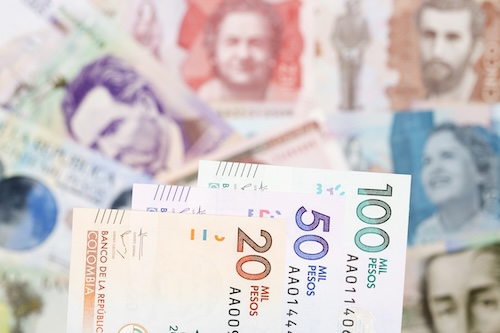
The Overall Cost of Living in Colombia: A Comparative Snapshot
Colombia consistently ranks as one of the most affordable countries in the world for expatriates. The combination of a favorable currency exchange rate and low domestic prices for goods and services creates a powerful economic advantage. A comfortable, mid-range lifestyle that might require $4,000-$5,000 per month in a mid-sized U.S. city can often be achieved for $1,200-$2,000 in Colombia. This financial advantage lets you improve your life quality. You can afford weekly cleaning, eat out often, and travel regularly. These might be luxuries in other places.
Colombia vs. The United States: Expect Significant Savings
The cost differential between Colombia and the United States is substantial across nearly every category. According to data from comparison sites like Numbeo, the overall consumer prices (including rent) in Colombia are approximately 65-75% lower than in the United States.
- Rent: Rental prices in major Colombian cities are often 70-80% lower than in comparable U.S. cities. A modern two-bedroom apartment in a desirable Medellín neighborhood might cost $700 USD, while a similar property in Austin, Texas, could easily exceed $2,500 USD.
- Healthcare: Healthcare costs, including insurance premiums and out-of-pocket expenses for procedures, are significantly less. High-quality private health insurance in Colombia can cost a fraction of a mid-tier plan in the U.S. market, even before considering deductibles.
- Groceries & Dining: A meal at an inexpensive restaurant that might cost $20 in the U.S. is closer to $4-$5 in Colombia. Grocery bills are similarly reduced, especially when purchasing local produce.
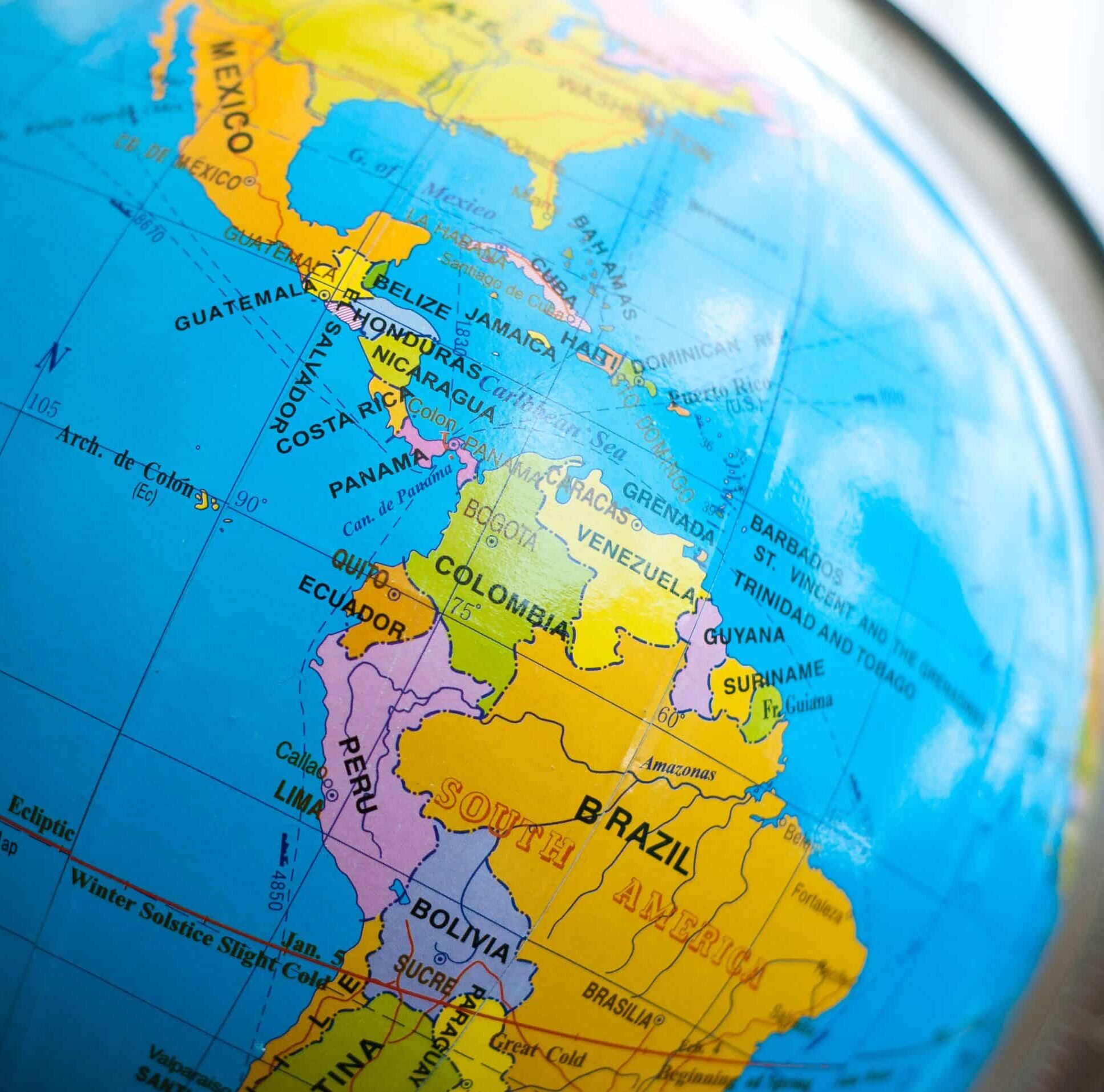
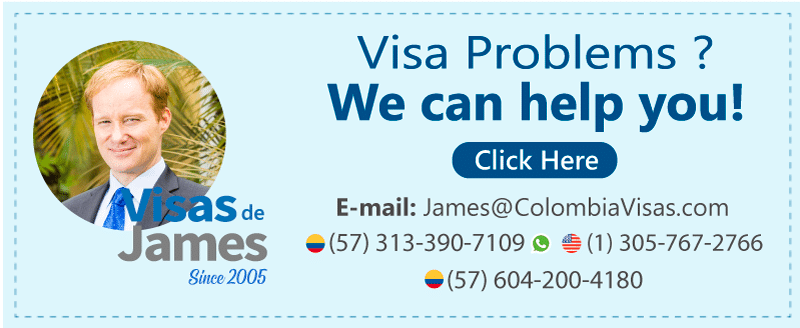
How Colombia Compares to Other Latin American Countries
Within Latin America, Colombia occupies a competitive position in terms of affordability. Colombia is affordable compared to other Latin American countries. While it may not be as inexpensive as countries like Bolivia or Paraguay, it is generally more affordable than Uruguay, Chile, and Costa Rica, particularly in major cities.
Compared to Mexico, another popular expat destination, costs can be similar, though they vary by region. Major tourist hubs in both countries (like Cartagena and Cancún) see inflated prices. However, in comparable second-tier cities, Colombia often presents a slight cost advantage, especially in housing and healthcare. Living costs in Colombia are similar to Ecuador. Many expats think Colombia has better city services and more cultural and entertainment options for about the same price.
The “Value for Money” Proposition: Lifestyle vs. Expense
The true appeal of Colombia’s cost of living is not just about saving money; it’s about the enhanced lifestyle those savings can purchase. The “value for money” proposition is arguably one of the best in the world. An expat in Colombia can afford a large apartment in a good area with a monthly budget for basic needs in a Western country. They can also hire a part-time cleaner, eat out several times a week, take weekend trips often, and still save money or spend on hobbies.
This financial freedom reduces stress and opens up opportunities for personal enrichment. Having this financial freedom lowers stress and creates chances for personal growth. You can learn salsa, explore the Amazon rainforest, or relax and enjoy Colombia’s famous coffee. The ability to live well, rather than just get by, is the ultimate return on investment for those who choose to make Colombia their home.
Deeper Dive into Key Expenses: What Your Money Truly Buys
A clear understanding of individual cost categories is essential for creating an accurate budget. Below is a detailed breakdown of the primary expenses you will encounter while living in Colombia, complete with typical price ranges to guide your financial planning.
Housing: Renting and Buying Across the Estrato System
Housing is the largest single expense for most expats, but it is also where some of the most significant savings can be found. The cost is heavily influenced by location, city, and Colombia’s unique socio-economic stratification system, known as estratos. Properties are rated from estrato 1 (lowest income) to estrato 6 (highest income). This rating affects property prices, rent, and utility bills. Lower estratos get subsidies on bills, while higher ones pay extra. Most expats choose to live in estratos 4, 5, and 6 for their modern amenities, security, and infrastructure.
- Renting: In major cities like Medellín or Bogotá, a modern, unfurnished 1 Bedroom Apartment in City Centre typically ranges from 2,000,000 to 3,500,000 COP ($500 – $875 USD). A larger 3 Bedroom Apartment Outside of City Centre might cost between 2,800,000 and 5,000,000 COP ($700 – $1,250 USD). These rent prices are a fraction of those in most Western cities.
- Buying: For those considering a long-term stay, the real estate sector is attractive. The Price per Square Feet to Buy Apartment in a city center can range from 4,500,000 to 7,000,000 COP ($110 – $170 USD). The Annual Mortgage Interest Rate is higher than in the U.S. or Europe, typically hovering around 10-15%, making cash purchases or financing from a home country more common for foreigners.

Utilities & Connectivity: Essential Monthly Bills
As mentioned, utility costs are tied to the estrato system. A typical monthly Utility Bill for an apartment in estrato 5 or 6 can be broken down as follows:
- Basic Utilities (Electricity, Water, Gas): For a two-person household, these usually range from 300,000 to 500,000 COP ($75 – $125 USD). This can increase with heavy use of air conditioning in coastal cities.
- Internet and Cable TV: A high-speed fiber optic Internet plan (100+ Mbps) bundled with a basic cable TV package typically costs between 120,000 and 200,000 COP ($30 – $50 USD).
- Mobile Phone Plan: Mobile service is competitive. A post-paid plan with ample data (20-40 GB) and calling can be found for 45,000 to 70,000 COP ($11 – $18 USD).
Food Costs: From Local Mercados to Fine Dining
Food expenses offer great flexibility. By embracing local shopping habits, you can eat very well for a low cost.
- Groceries: Shopping at local mercados (markets) for fresh fruits, vegetables, and meats is the most economical option. A couple shopping this way might spend 800,000 to 1,200,000 COP ($200 – $300 USD) per month. Supermarket chains like Exito and Carulla offer a wider range of products, including imported goods, which are significantly more expensive.
- Dining Out: Colombia offers a full spectrum of dining experiences.
-
- Inexpensive Meal: A menú del día (set lunch menu) at a local restaurant is a staple, offering a soup, main course, and drink for 12,000 to 20,000 COP ($3 – $5 USD).
- Mid-Range Restaurant: A three-course meal for two people at a nice restaurant might cost 100,000 to 160,000 COP ($25 – $40 USD).
- Fast Food: A Combo meal at a major chain like McDonald’s costs around 25,000 COP ($6.25 USD).
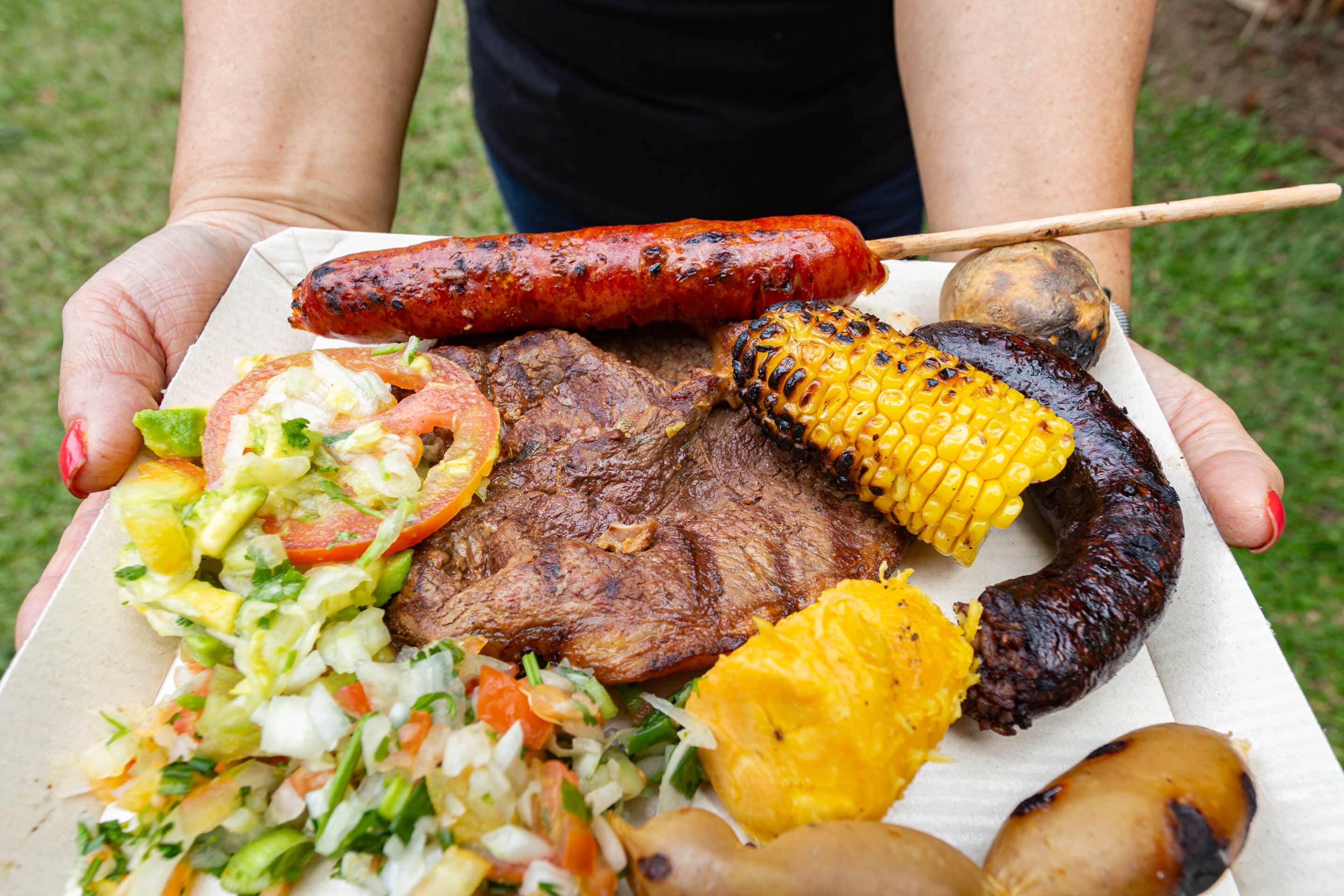

Transportation: Getting Around Cities and Beyond
Getting around in Colombia is generally efficient and inexpensive, especially if you utilize public transport.
- Public Transit: Major cities have excellent public transportation systems. Medellín’s Metro and Bogotá’s TransMilenio are fast and clean, with a single ride costing around 3,000 COP ($0.75 USD). A Monthly public transit pass offers further savings for daily commuters.
- Taxis and Ride-Sharing: Taxis are abundant and metered. Ride-sharing apps like Uber, Didi, and Cabify are popular, safe, and often cheaper. A typical 15-20 minute ride might cost 10,000 to 18,000 COP ($2.50 – $4.50 USD).
- Inter-City Travel: Domestic flights on airlines like Avianca airline are affordable, connecting major cities for as little as $30-$50 USD if booked in advance. Long-distance buses are a very cheap alternative for the more adventurous traveler.
Healthcare: High Quality and Accessible Care for Expats
Colombia is renowned for its high-quality, affordable healthcare system, ranked by the World Health Organization as one of the best in the Americas. Expats have two primary options for coverage:
- EPS (Entidades Promotoras de Salud): This is the public healthcare system. Foreigners with a resident visa are typically required to pay into this system. Monthly premiums are based on a percentage of declared income. The care is generally good, but wait times can be longer for specialists.
- Private Health Insurance (Medicina Prepagada): This is the preferred option for many expats. It offers access to the best private clinics and hospitals, English-speaking doctors, and direct access to specialists with minimal wait times. Comprehensive health insurance plans from providers like Sura or Colsanitas can range from 250,000 to 800,000 COP ($65 – $200 USD) per month, depending on age and coverage. These plans make medical costs highly manageable.
It is crucial to note that with a pension visa, enrollment in the government-subsidized EPS system is generally not permitted. In these cases, private care is the required route, but even out-of-pocket costs are often still cheaper than co-pays in the USA after insurance deductibles. Additionally, many medications are available over the counter at a much lower cost.

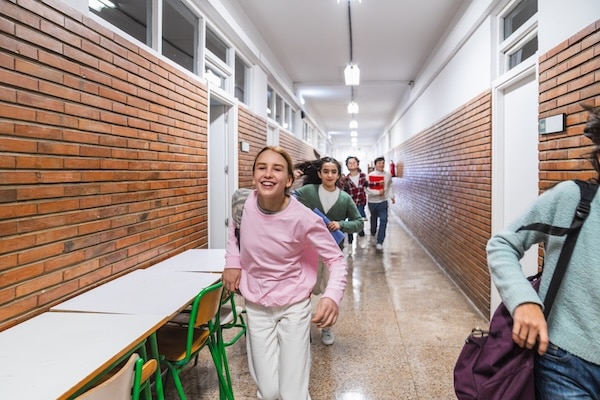
Education Costs: Options for Families
For expat families with children, education is a key budgetary consideration. While public schools are available, most expats opt for private or international schools to ensure a high standard of education.
- Private Bilingual Schools: These schools often follow a Colombian-American or European curriculum. Annual tuition can range from 15,000,000 to 40,000,000 COP ($3,750 – $10,000 USD) per child.
- International Primary School: Top-tier international schools like those in Bogotá and Medellín offer curricula like the International Baccalaureate (IB). These are the most expensive options, with annual tuition ranging from $12,000 to over $20,000 USD.
- Private Full-Day Preschool: The annual cost for a private preschool or kindergarten can range from 8,000,000 to 20,000,000 COP ($2,000 – $5,000 USD).
Other Living Expenses: Lifestyle, Entertainment, and Personal Care
Discretionary spending allows for significant flexibility in your budget.
- Entertainment: A Cinema Ticket for an international release costs around 15,000 COP ($3.75 USD). A local beer at a bar is about 5,000 COP ($1.25 USD), while a craft beer or cocktail in a trendy area might be 15,000-25,000 COP ($3.75 – $6.25 USD).
- Fitness: A membership at a modern gym can range from 80,000 to 180,000 COP ($20 – $45 USD) per month.
- Clothing: A Summer Dress from a chain store like Zara might cost 150,000 COP ($38 USD), while a pair of Nike Running Shoes is comparable to U.S. prices at around 350,000 COP ($88 USD).
- Household Help: Hiring a cleaner is very common. A part-time cleaner for one day a week typically costs 200,000 to 250,000 COP ($50 – $63 USD) per month.

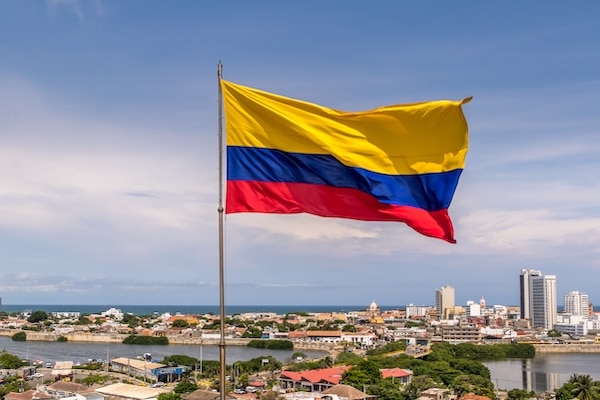
City-Specific Cost of Living Breakdowns: Finding Your Ideal Colombian Home
The cost of living in Colombia is not uniform; it varies significantly depending on the city. A budget that affords a luxurious lifestyle in one city might only cover a comfortable existence in another. Here’s a look at the cost profiles of Colombia’s most popular expat destinations, with detailed information available on dedicated city pages.
Bogotá: The Bustling Capital’s Cost Profile
As Colombia’s capital, Bogotá is its political, economic, and cultural heart. It generally has the highest cost of living, particularly for housing in affluent northern neighborhoods like Usaquén and Chapinero. A monthly budget for a single person seeking a comfortable lifestyle would be around 4,800,000 – 6,000,000 COP ($1,200 – $1,500 USD). A couple could live well on 7,200,000 – 9,200,000 COP ($1,800 – $2,300 USD). While rent and fine dining are more expensive, costs for groceries and transportation remain comparable to other major cities.
Medellín: The “City of Eternal Spring” and Digital Nomad Favorite
Medellín is a top expat spot, known for its climate, public transport, and social life. Living costs are 10-15% lower than Bogotá. El Poblado is the priciest neighborhood, popular for modern apartments and upscale venues. More affordable areas include Envigado, Laureles, Sabaneta, and Belén, offering better rent value. Expats avoid lower-income areas due to crime. A single person needs about 4,000,000 – 5,600,000 COP ($1,000 – $1,400 USD), and couples 6,000,000 – 8,000,000 COP ($1,500 – $2,000 USD). Nearby towns like Giradota, Copacabana, or Rio Negro offer cheaper, quieter living.
Cali: The Salsa Capital’s Affordability
Cali, Colombia’s third-largest city, is famous for its hot climate and as the world capital of salsa. It offers a significantly lower cost of living than either Bogotá or Medellín, estimated to be 15-25% cheaper. Housing, in particular, is more affordable. A Single person could live very comfortably in Cali on a budget of 3,200,000 – 4,400,000 COP ($800 – $1,100 USD), making it an excellent option for those on a tighter budget who enjoy a lively, music-filled atmosphere.
Cartagena: Coastal Charm with Tourist-Influenced Prices
Located on the Caribbean coast, Cartagena is a stunningly beautiful colonial city and a major tourist hub. This popularity comes with a higher price tag, especially within the historic Walled City and the modern Bocagrande neighborhood. The cost of living in these prime areas can rival Bogotá, particularly for short-term rentals and restaurant meals. Electricity costs are also higher due to the need for constant air conditioning. A budget in Cartagena is highly dependent on lifestyle, but one should plan for costs similar to Bogotá, with a single person needing 4,800,000 – 6,400,000 COP ($1,200 – $1,600 USD) to live comfortably.
Barranquilla & Santa Marta: Alternative Coastal Living Costs
For those seeking a coastal lifestyle without Cartagena’s high prices, Barranquilla and Santa Marta are excellent alternatives. Barranquilla, a large industrial port city, offers a modern urban experience at a cost similar to Medellín. Santa Marta, located near the stunning Tayrona National Park, provides a more laid-back vibe. It is one of the most affordable coastal cities for expats, with a budget for a single person potentially as low as 3,000,000 – 4,000,000 COP ($750 – $1,000 USD).
Crafting Your Colombian Budget: Smart Financial Planning for Expats
Moving to a new country requires more than just understanding day-to-day costs. Proper financial planning is crucial for a smooth transition and long-term stability. You need to manage money across countries, learn about the local economy, and plan for unexpected costs.
Sample Monthly Budgets:
To provide a tangible framework, here are two sample monthly budgets for a single person living in a mid-cost city like Medellín.
Comfortable Budget:
- Rent (1-bedroom in a good area): 2,400,000 COP ($600)
- Utilities & Internet: 400,000 COP ($100)
- Groceries (mix of markets/supermarkets): 1,200,000 COP ($300)
- Transportation (mix of public/ride-share): 240,000 COP ($60)
- Health Insurance (private): 400,000 COP ($100)
- Entertainment & Dining Out: 800,000 COP ($200)
- Total: 5,440,000 COP (~$1,360 USD)
Lean Budget:
- Rent (studio or shared apartment): 1,200,000 COP ($300)
- Utilities & Internet: 300,000 COP ($75)
- Groceries (local markets): 800,000 COP ($200)
- Transportation (public only): 120,000 COP ($30)
- Entertainment & Discretionary: 400,000 COP ($100)
- Total: 2,820,000 COP (~$705 USD)
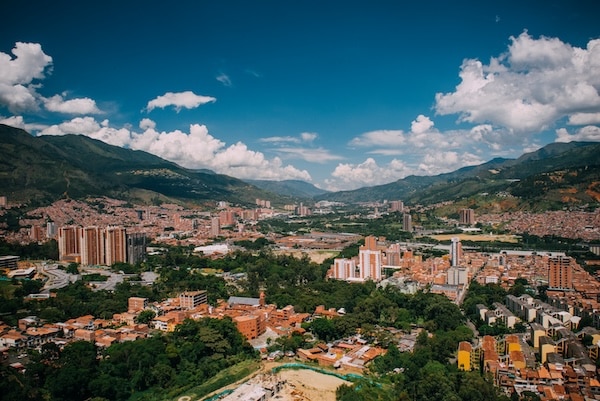
Navigating Currency Exchange and International Transfers
Managing your money across borders is a key logistical challenge. Using your home bank for international transfers often results in high fees and poor exchange rates. It is highly advisable to use a service like the Wise Account. Wise offers a multi-currency account with local account details, allowing you to receive money like a local and convert it at the mid-market exchange rate. This is far more efficient for transferring funds to a Colombian bank account to pay bills and avoid constant international fees.
Understanding Monthly Net Salary and Financial Expectations
If you plan to work locally, it is crucial to understand Colombian salary standards. The Average Monthly Net Salary (after tax) is relatively low by Western standards, often around 1,500,000 – 2,500,000 COP ($375 – $625 USD). Professionals in high-demand fields can earn more, but the monthly net salary rarely matches those in North America or Europe. For this reason, most expats are retirees, remote workers earning foreign currency, or entrepreneurs. Earning in a strong currency while living with local costs is the financial model that makes life in Colombia so attractive.
Potential Hidden Costs: Inflation, Legal Fees for Residency, and Unforeseen Expenses
While Colombia is affordable, it’s wise to budget for costs that aren’t immediately apparent.
- Inflation: Colombia can experience higher inflation rates than more developed nations. Factor a potential annual cost of living increase of 5-10% into your long-term plan.
- Visa and Legal Fees: The residency process involves costs for visa applications, document legalization, and translations. Hiring an immigration lawyer or visa agency is recommended, which can add $500 to $1,500 USD or more in legal fees.
- Furnishing an Apartment: If you rent an unfurnished apartment, the one-time cost of purchasing furniture and appliances can be significant.
While Colombia is affordable, it’s wise to budget for costs that aren’t immediately apparent. These hidden expenses might include certain taxes, import duties on foreign goods, or fees for financial transactions, especially when dealing with international banks. Understanding these nuances can help avoid unexpected surprises.
Housing and Utilities: Balancing Cost and Comfort
Rent forms a significant part of monthly expenses. While a luxury apartment in Bogotá or Medellín might cost as much as 6,000,000 COP ($1,500 USD), spacious apartments or houses in non-central areas or smaller cities like Pereira or Bucaramanga can be found for as low as 1,500,000 COP ($375 USD). Opting for furnished accommodations might increase the rent slightly but saves on upfront furniture costs. Utility costs, including electricity, water, gas, and internet, tend to be quite affordable, averaging around 200,000-400,000 COP ($50-$100 USD) monthly, depending on usage and city.
Food and Dining: Savoring Colombian Cuisine Without Breaking the Bank
Colombian cuisine is rich and varied, and dining out is typically very affordable. A meal at a mid-range restaurant might cost around 30,000 COP ($7.50 USD) per person
FAQ
1. What is the average monthly cost of living in Colombia for an expat?
The average monthly cost of living in Colombia for an expat can range from 3,500,000 to 7,500,000 COP ($875 to $1,875 USD), depending on location, lifestyle choices, and living arrangements. Major cities like Bogotá and Medellín generally have higher costs compared to smaller towns.
2. How much can I expect to pay for rent in Colombian cities?
Rent varies significantly based on city and location. In central areas of Bogotá or Medellín, you may pay between 3,000,000 to 6,000,000 COP ($750 to $1,500 USD) for a luxury apartment. In smaller cities like Pereira or Bucaramanga, more affordable options range from 1,500,000 to 3,000,000 COP ($375 to $750 USD).
3. What are typical grocery and dining out costs in Colombia?
Grocery costs are generally low. A grocery budget for a single person might average around 600,000 to 1,200,000 COP ($150 to $300 USD) monthly. Dining out is affordable too; a meal at a local restaurant costs approximately 10,000 to 30,000 COP ($2.50 to $7.50 USD).
4. How stable is inflation and what impact does it have on cost of living?
Colombia sometimes experiences higher inflation rates, which can affect the cost of living. It’s prudent to plan for an annual increase of 5-10% for expenses due to inflation.
5. Are utility costs expensive in Colombia?
Utility costs are relatively affordable. For a standard apartment, expect to pay around 200,000 to 400,000 COP ($50-$100 USD) monthly for utilities like electricity, water, and internet.
6. What should I know about hidden costs of living in Colombia?
Hidden costs might include legal fees for visa or residency processes, taxes, import duties, or fees for international banking transactions. It’s wise to have some cushion in your budget for unforeseen expenses.
7. How much should I budget for transportation costs?
Public transportation is cost-effective, with fares ranging from 2,500 to 5,000 COP ($0.60 to $1.25 USD) per trip. Taxis and apps like Uber are more expensive but still affordable compared to other countries.
8. What are the costs of having personal transportation in Colombia?
Owning a vehicle in Colombia can be more costly compared to some other countries due to various factors. These factors contribute to the overall cost of owning and maintaining personal transportation, which can be considerable. Prospective car owners should budget carefully and consider alternative transportation options as well. These include High Sales and Import Taxes,Yearly Vehicle Inspections,Non-Forgiving Photo Fines, Yearly Registration Fees, and High Gasoline Prices.
Author Bio:
James Lindzey | Colombia Legal & Associates | Since 2005
James Lindzey has been helping expatriates relocate to Colombia since 2005. With a deep understanding of Colombian culture and the nuances of its legal system, he has assisted countless individuals and families in making Colombia their new home. Through Colombia Legal & Associates, James provides expert guidance in everything from visa applications to property acquisition, ensuring a smooth transition to life in this vibrant country.
